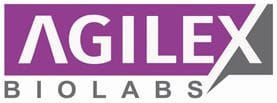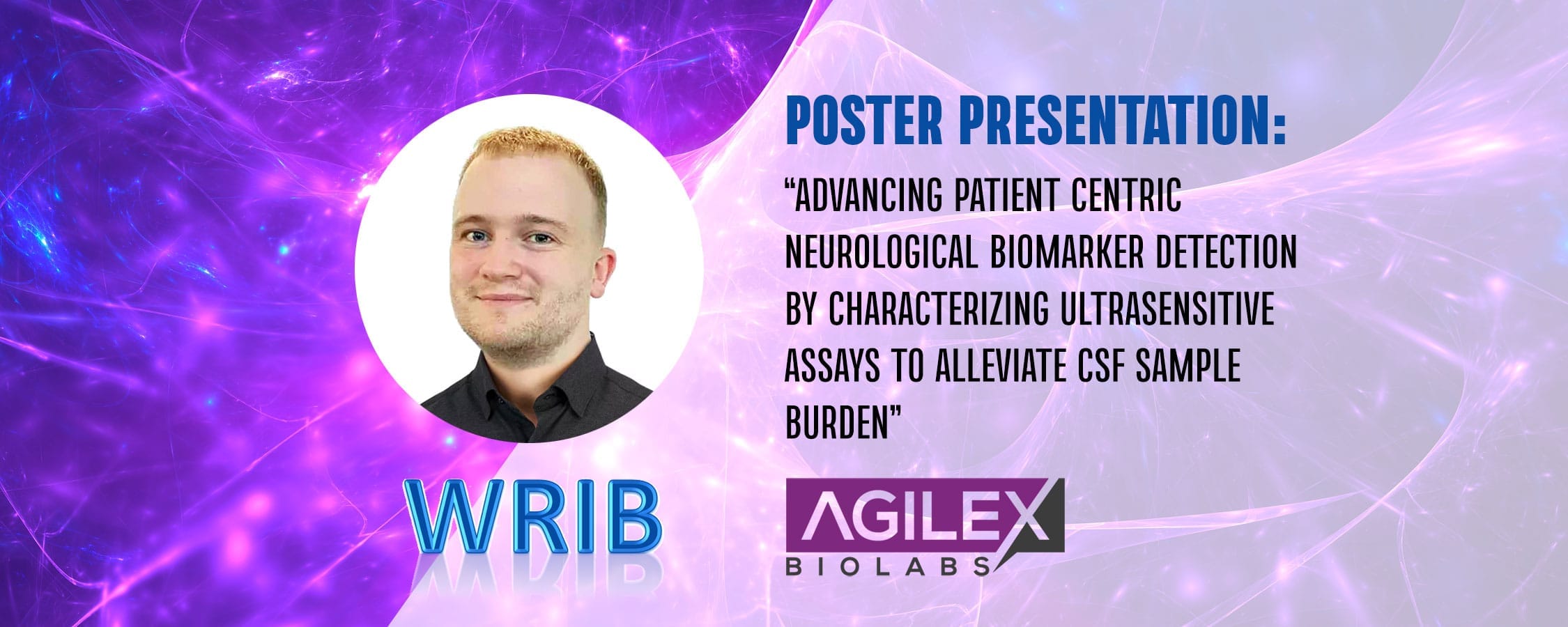Let’s face it – we are an aging population throughout the world. More and more, we are seeing these neurological disorders growing. We have posted a lot of material over the last few weeks around how we use psilocybin magic mushrooms, you know, cannabinoids in order to address the symptoms associated with these disorders such as Parkinson’s and Alzheimer’s.
But while these recent blogs from us speak to drugs that address mainly the symptoms of these unfortunate diseases, what we are targeting here with this presentation are those new medicines that either diagnose early and stop the diseases, or to be able to reverse the effects and provide some mechanism to promote lifelong health without the morbidity associated with these neurological disorders.
Neurological disorders are a leading cause of morbidity and mortality globally and represent a significant proportion of disease that has unmet clinical need. Due to this, many neurological drug discovery programs (DDP) now include assessment of relevant cerebral spinal fluid (CSF) biomarkers for patient screening, diagnosis, stratification, and drug product efficacy to improve patient outcomes. While CSF sampling provides valuable insights into the central nervous system, the invasiveness of the procedure presents a considerable challenge for patients, leading to discomfort and potential complications. This effect is compounded when the DDP requires longitudinal follow-up of patients for months or years. Recent advancements in ultra-sensitive assay platforms have enabled the detection of minute (≤ fg/mL) levels of neurological biomarkers in complex matrices. This offers a potential avenue for reducing the patient burden by using serum as the chosen assay matrix.
Neurological disorders, including Amyotrophic Lateral Sclerosis, Alzheimer’s and Parkinsons disease have been characterised by dysregulated expression of key biomarkers, including neurofilament light (NFl), Tau, and Glial fibrillary acidic protein (GFAP). The research presented herein focuses on the detection of NFl, Tau (total), and GFAP) in healthy and disease state (amyotrophic lateral sclerosis; ALS) CSF and serum samples utilising the MesoScale Discovery S-Plex platform. Further, the study characterises the biomarker assay for key performance characteristics such as precision, accuracy, and parallelism, in all matrices and makes an initial assessment on the ability to replace CSF sampling with serum to alleviate patient burden.
Why is WRIB such an ideal venue for this sort of presentation on this topic?
The topic really has a duality to it. On one hand, what we are looking at is a brand new three analog S-plex assay that Mesoscale Discovery have recently launched, which covers three very important neuroscience biomarkers for a variety of neurological diseases such as Amyotrophic Lateral Sclerosis, Alzheimer’s and Parkinsons.
So these are neurofilament light (NFl), Tau, and Glial fibrillary acidic protein (GFAP) and these biomarkers have been shown to be dysregulated in these various neurological disorders. And so up until more recently, the only way of detecting these biomarkers was using super sensitive platforms like the Quanterix Samoa and that Quanterix for years had the market share in Neurofilament light. But MSD have now brought out the plex technology, which enables us to make femtogram per mil ranges of these biomarkers in a variety of matrices.
This study was not only to evaluate the utility of this new panel, but also to look at whether we could use serum instead of CSF to sample these biomarkers in patient populations.
The reason for that, of course, is because CSF is a very invasive procedure. With procedures like a spinal tap, getting the c spinal fluid out of a patient is a very nasty procedure. It’s very burdensome and uncomfortable, and sometimes, there are even side effects associated with the procedure that have required a hospitalization of the patient thereafter.
So if we can use serum instead to sample these biomarkers and determine how drugs function – whether they modulate them up or down – you know, that that provides a much better patient-centric outcome in a clinical trial setting.
Why is Agilex the ideal organization to present this topic?
Agilex has a breadth of experience – in biomarkers in particular – in clinical trials within the neuroscience space. We have worked through a variety of studies over the past several years and a variety of therapeutic areas; neuroscience being one of them.
Agilex is very well placed because we support early phase studies in Australia and many of these new drug modalities that we see coming into the clinic for these neurological disorders are coming through into early phase, with Australia being highlighted as an area to expeditiously do this work.
With Agilex being the most experienced laboratory in this area, it makes us perfectly poised to conduct this work and become a voice of authority on it. We work closely with, with mesoscale, and we work closely with vendors that create these kits. So our teams have therefore created a breadth of experience now in the Plex panel space. We see a lot of clients that are interested in the neuroscience panel.
Who should attend this presentation in Texas during WRIB?
Any small to medium biotech company or company that is interested in diseases, especially in neurological diseases associated with aging should be sure to attend this presentation.
These are the companies that could benefit from working with Agilex because we not only support the setup of a pharmacokinetic assay for their small molecule drug or large molecule drug for a neuroscience program, but we also have that breadth of experience to understand within the context of use for the biomarkers, what requirements need to be put in place in order to measure the efficacy of the drug development program.



